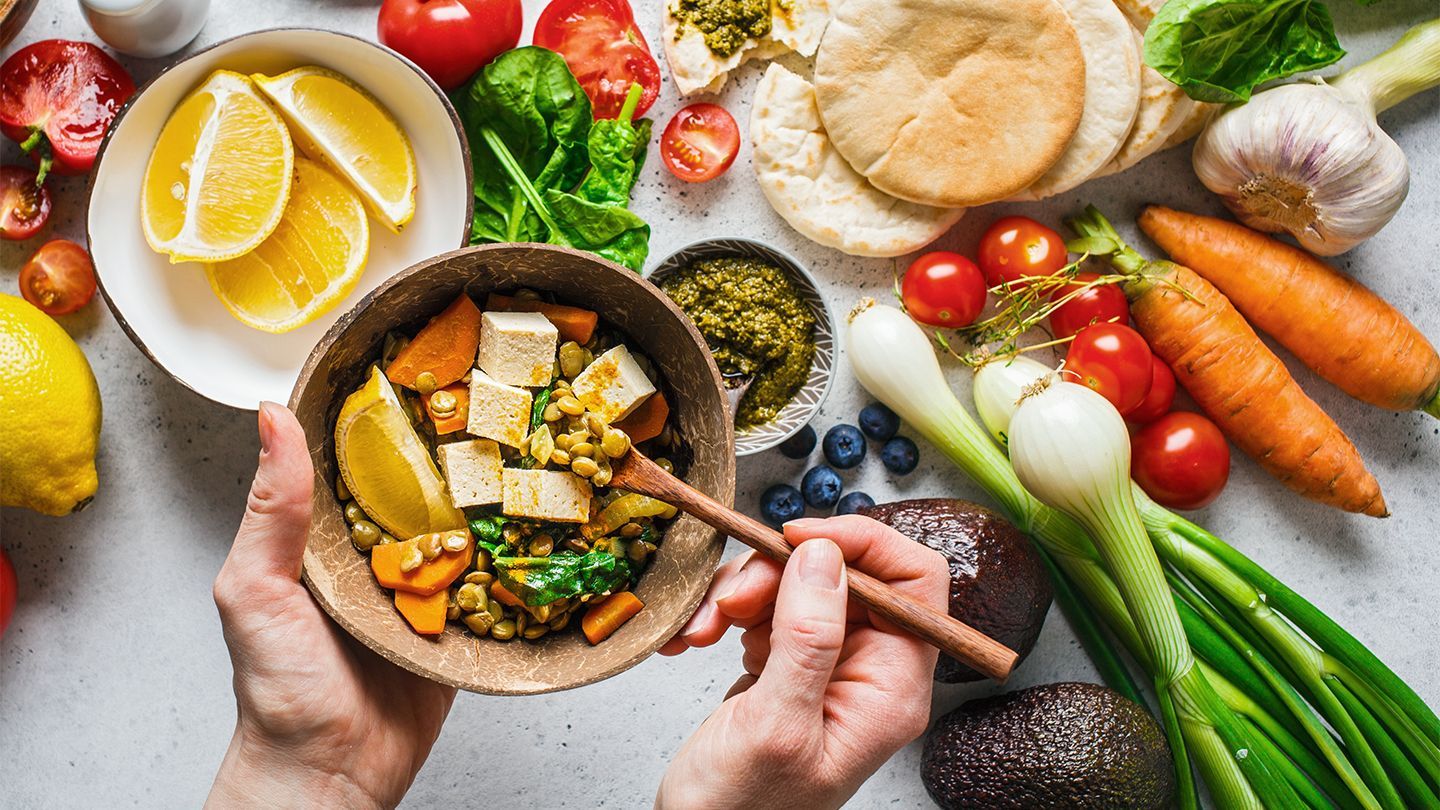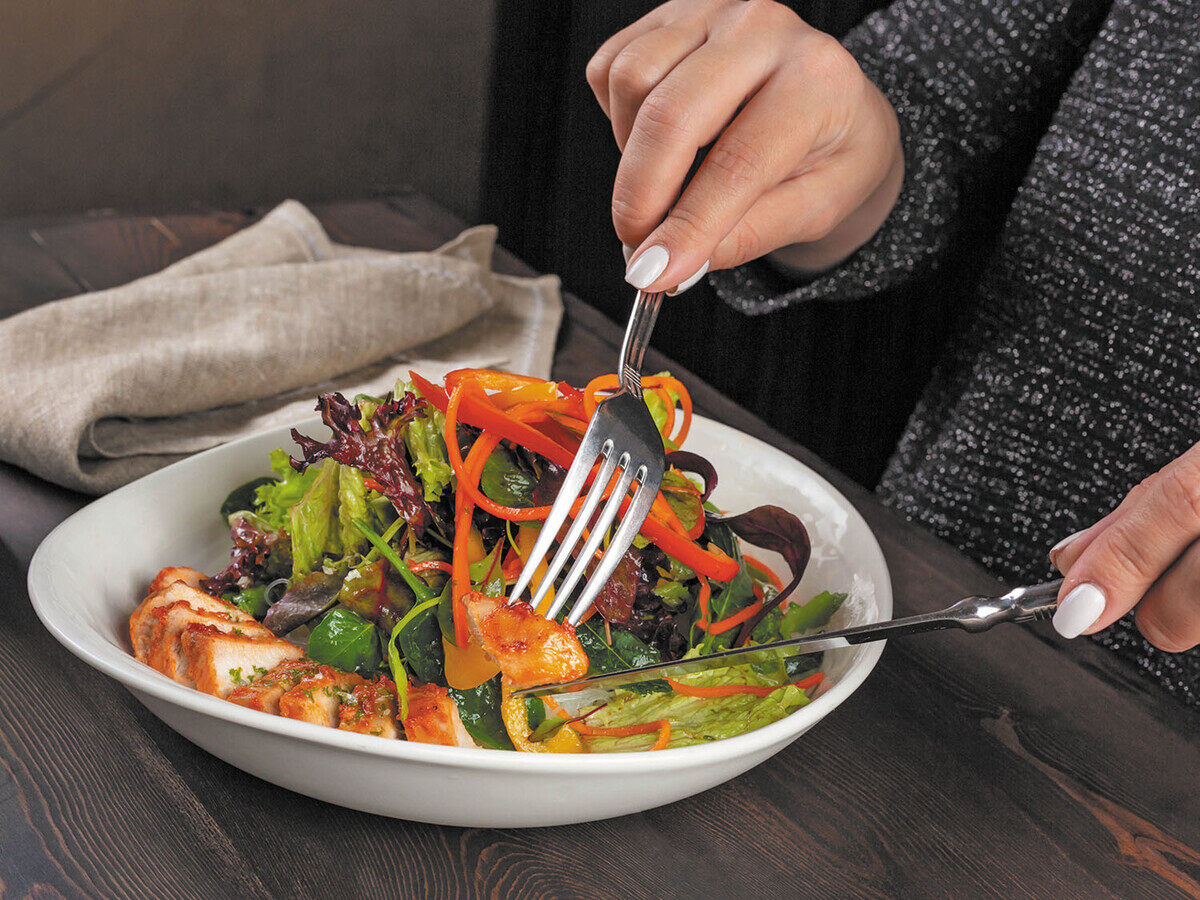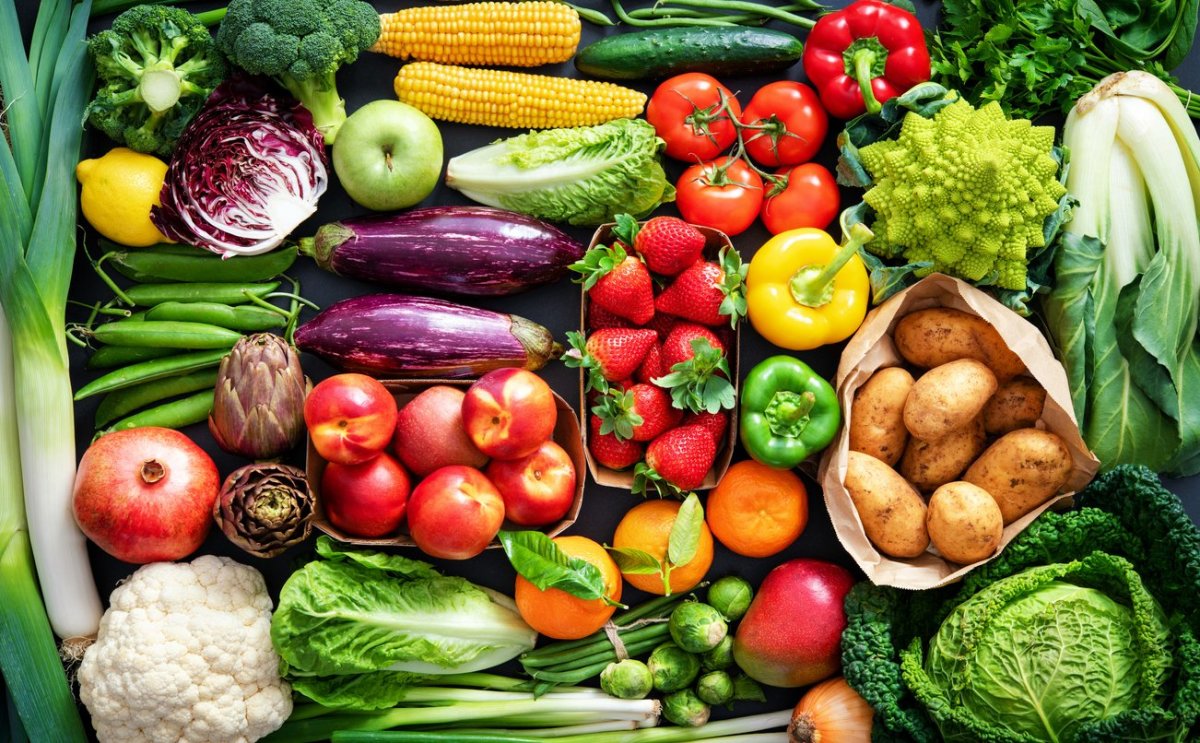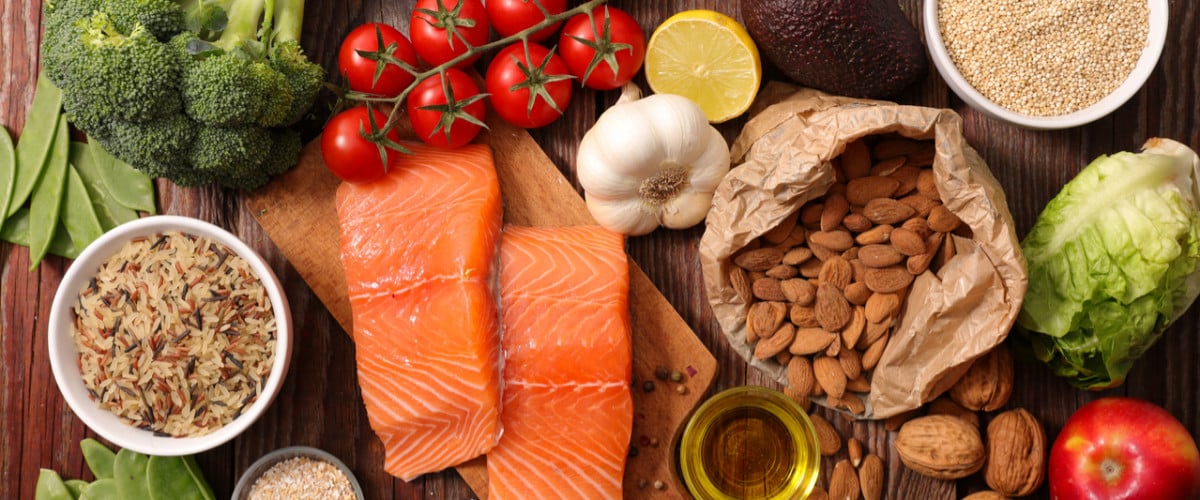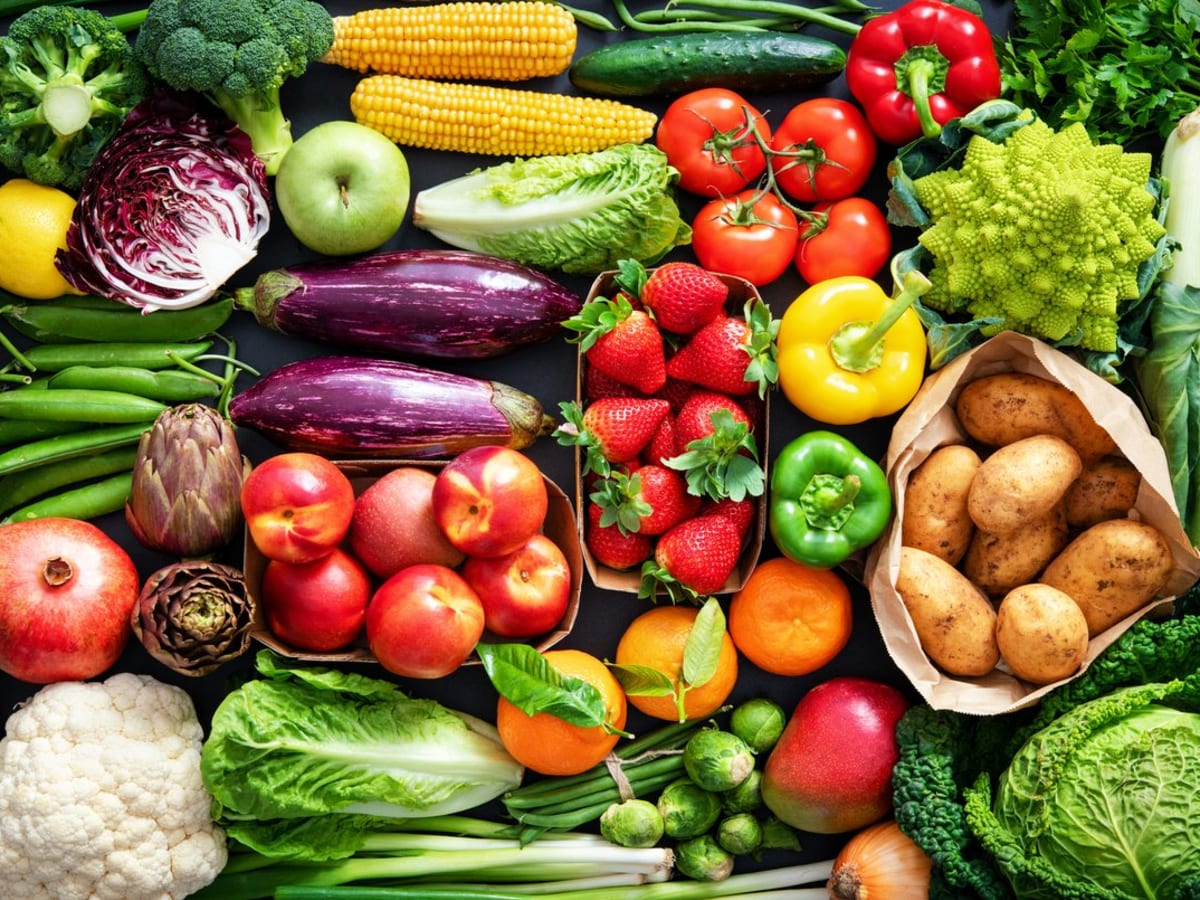Eating nutritious foods is essential for maintaining good health and well-being. It provides the body with the necessary nutrients, vitamins, and minerals to function properly and stay energized. However, with so many food options available, it can be challenging to make the right choices. Here are some tips on how to eat nutritious foods and make healthy choices a part of your daily routine.
1. Plan Your Meals
Planning your meals in advance can help you make healthier choices and avoid reaching for convenient, but less nutritious, options. Take some time at the beginning of each week to plan your meals and snacks. This will allow you to incorporate a variety of nutritious foods into your diet, including fruits, vegetables, whole grains, lean proteins, and healthy fats.
2. Shop Smart
When grocery shopping, focus on purchasing whole, unprocessed foods. These include fresh fruits and vegetables, lean meats, fish, whole grains, and nuts. Try to avoid the middle aisles of the grocery store, where processed and unhealthy foods tend to be located. Instead, stick to the perimeter where the fresh produce and healthier options are typically found.
3. Include a Variety of Foods
Eating a variety of foods ensures that you get a wide range of nutrients. Aim to include different colors of fruits and vegetables in your meals, as each color represents different vitamins and minerals. For example, leafy greens are rich in iron and calcium, while orange and yellow fruits and vegetables are high in vitamin C and beta-carotene.
4. Portion Control
Controlling portion sizes is crucial for maintaining a balanced diet. Even nutritious foods can contribute to weight gain if consumed in large quantities. Use smaller plates and bowls to help control portion sizes, and be mindful of serving sizes when dishing out your meals.
5. Cook at Home
Cooking at home gives you more control over the ingredients you use. It allows you to choose healthier cooking methods, such as grilling, steaming, or baking, rather than frying. Additionally, preparing meals at home gives you the opportunity to experiment with different recipes and incorporate a variety of nutritious ingredients into your dishes.
6. Stay Hydrated
Drinking plenty of water is essential for overall health. It helps maintain proper bodily functions, aids in digestion, and can even help control hunger. Aim to drink at least eight glasses of water per day, and more if you are physically active or live in a hot climate.
7. Limit Added Sugars and Processed Foods
High consumption of added sugars and processed foods can lead to various health issues. These include weight gain, diabetes, and heart disease. Be mindful of the amount of sugar in the foods and beverages you consume, and opt for whole, unprocessed foods whenever possible.
8. Be Mindful of Snacking
Snacking can be a part of a healthy diet if done mindfully. Choose nutritious snacks such as fruits, vegetables with hummus, or a handful of nuts. Avoid reaching for sugary or salty snacks, and be mindful of portion sizes when snacking.
9. Seek Professional Advice
If you have specific dietary concerns or health conditions, consider seeking advice from a registered dietitian or nutritionist. They can provide personalized recommendations based on your individual needs and help you create a balanced and nutritious eating plan.
In conclusion, making nutritious food choices is essential for maintaining good health. By planning your meals, shopping smart, including a variety of foods, controlling portion sizes, cooking at home, staying hydrated, limiting added sugars and processed foods, being mindful of snacking, and seeking professional advice when needed, you can make eating nutritious foods a regular part of your lifestyle. Start incorporating these tips into your daily routine and enjoy the benefits of a healthy and balanced diet.
More Delicious and Nutritious Recipes to Try
As you aim to enhance your diet with nutritious foods, delving into specific recipes can make this journey exciting and flavorful. For an energizing start to your day, the Whole Grain Pancakes with Fresh Berries Recipe offers a wholesome blend of fiber and antioxidants. I recommend the Grilled Salmon with Quinoa and Steamed Broccoli Recipe for a hearty dinner that balances omega-3 fatty acids with essential nutrients. For vegetarians, the Tofu Stir-Fry with Broccoli and Bell Peppers Recipe is a must-try, providing a high-protein meal rich in vitamins. These recipes not only align with the nutritional guide but also introduce diverse flavors and textures to your meals.


